GS-25 - Spatial Decision Support
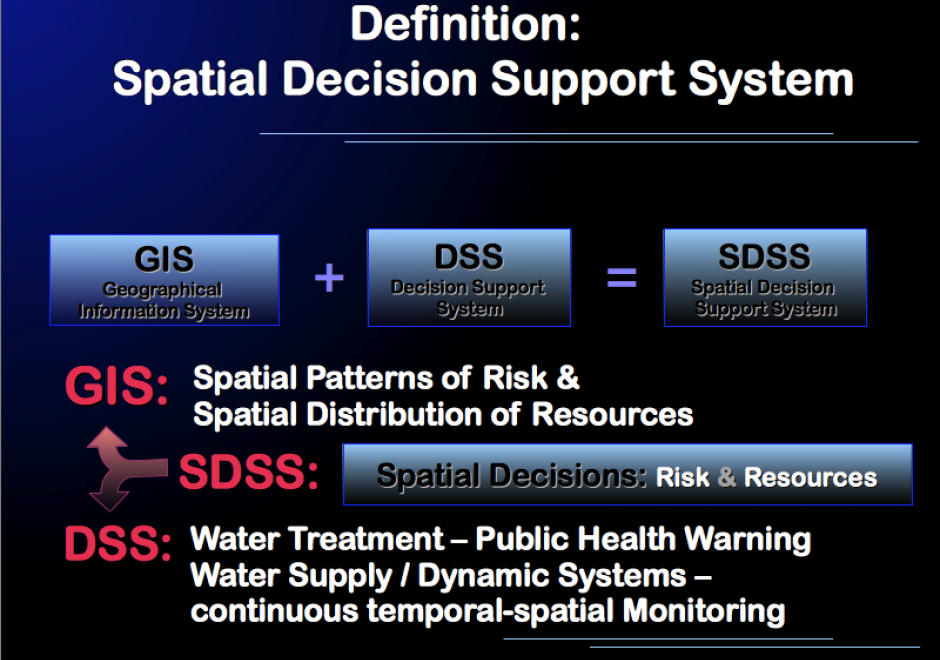
It has been estimated that 80% of all datasets include geographic references. Since these data often factor into preparing important decisions, we can assume that a significant proportion of all decisions have a geospatial aspect to them. Therefore, spatial decision support is an intrinsic component of societal decision-making. It is thus necessary for current and aspiring analysts, and for decision-makers and other stakeholders, to understand the fundamental concepts, techniques, and challenges of spatial decision support. This GIS&T topic explores the unique nature and basic concepts of spatial decision support, discusses the relationship between Spatial Decision Support Systems (SDSS) and Geographic Information Systems (GIS), and briefly introduces Multi-Criteria Decision Analysis (MCDA) as a decision support technique. The impact of Web-based and mobile information technology, ever-increasing accessibility of geospatial data, and participatory approaches to decision-making are touched upon and additional resources for further reading provided.

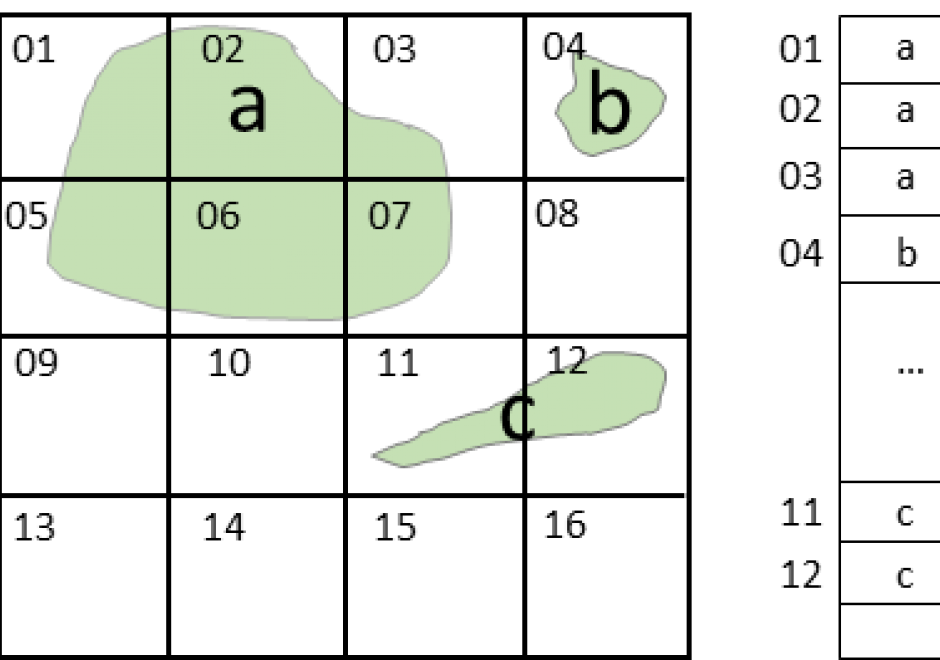
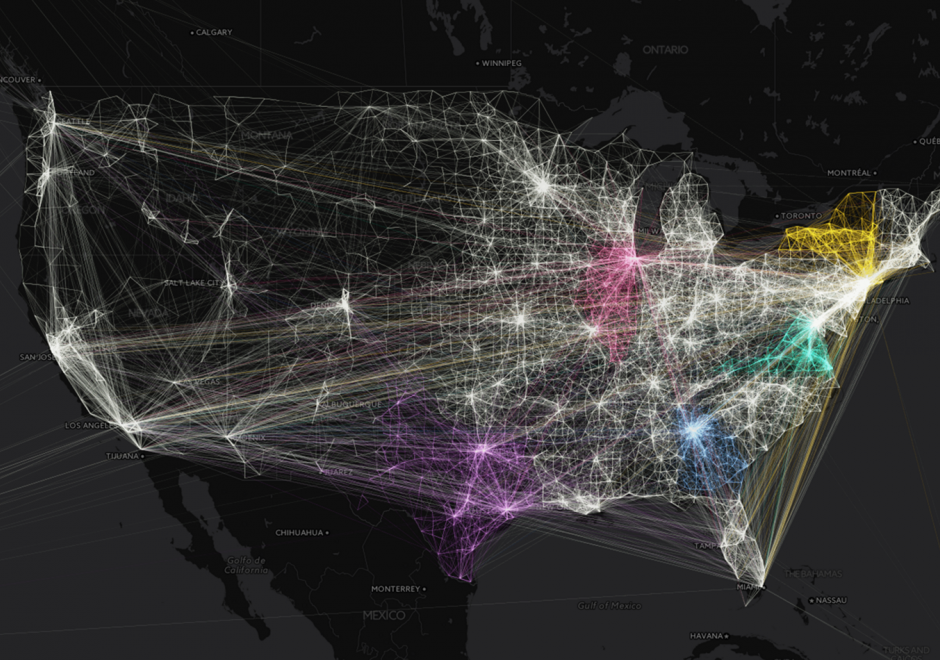

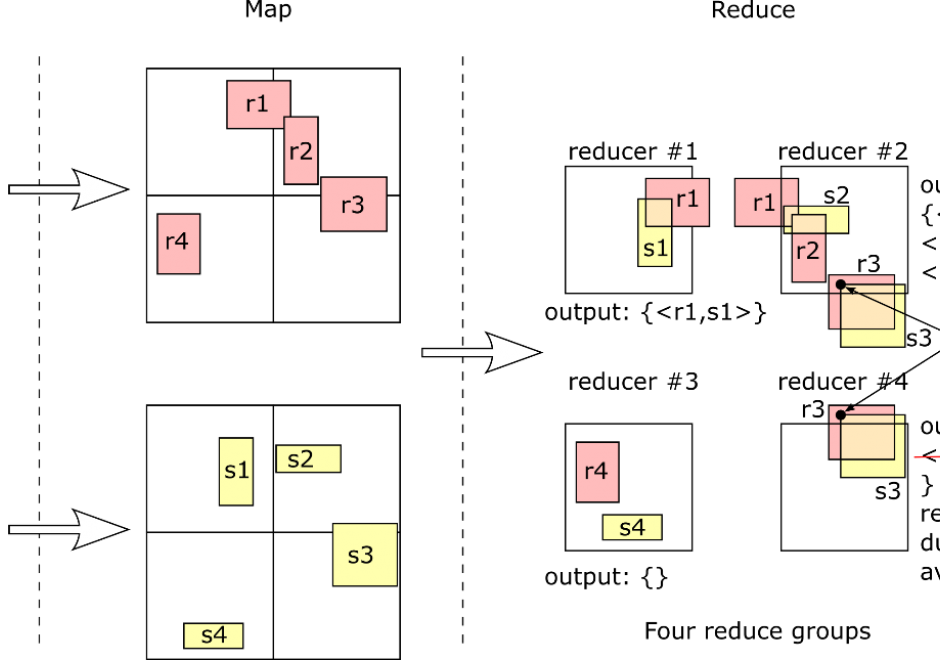

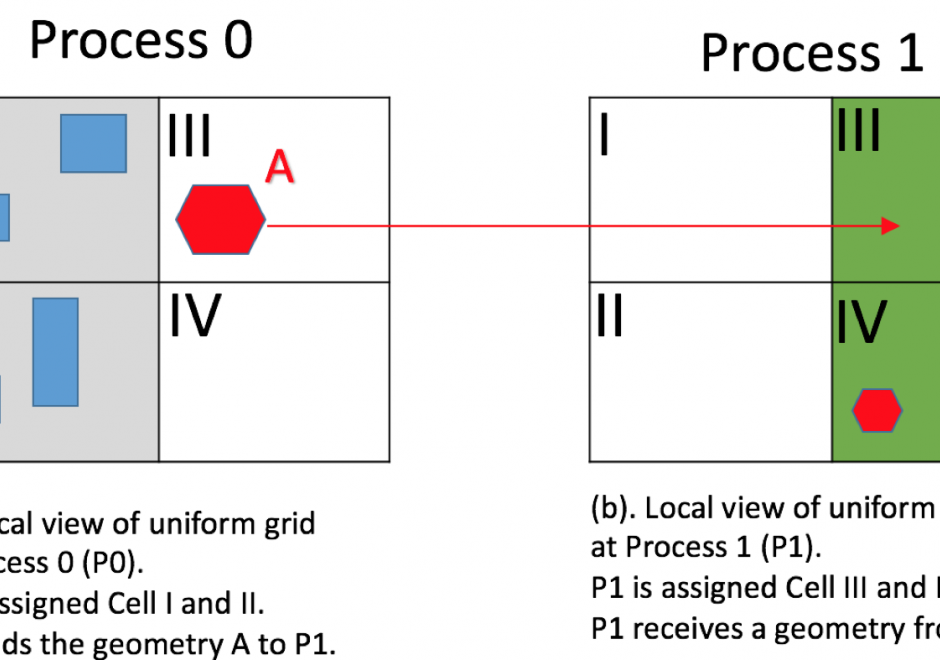
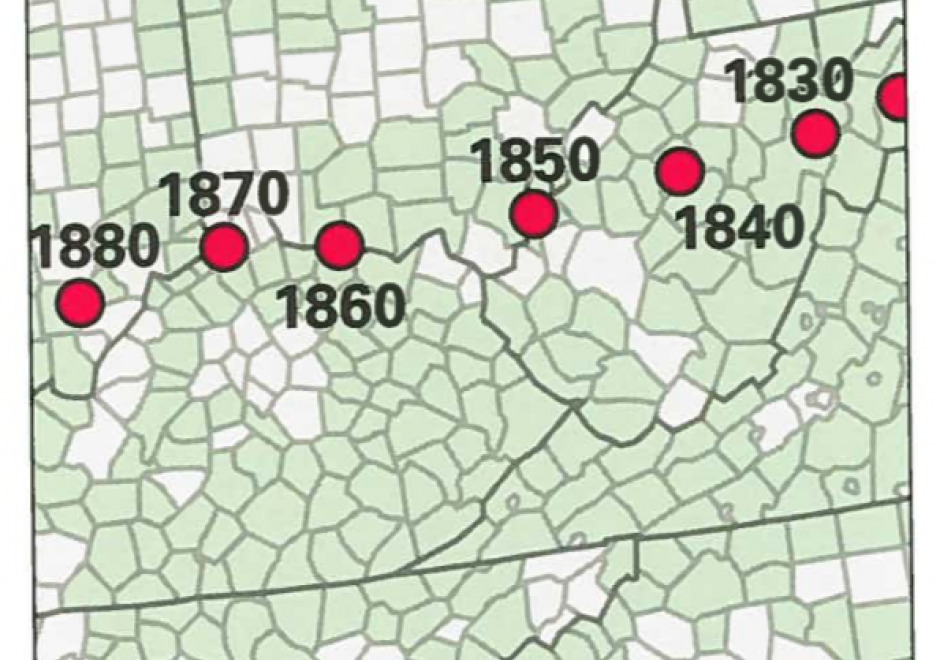
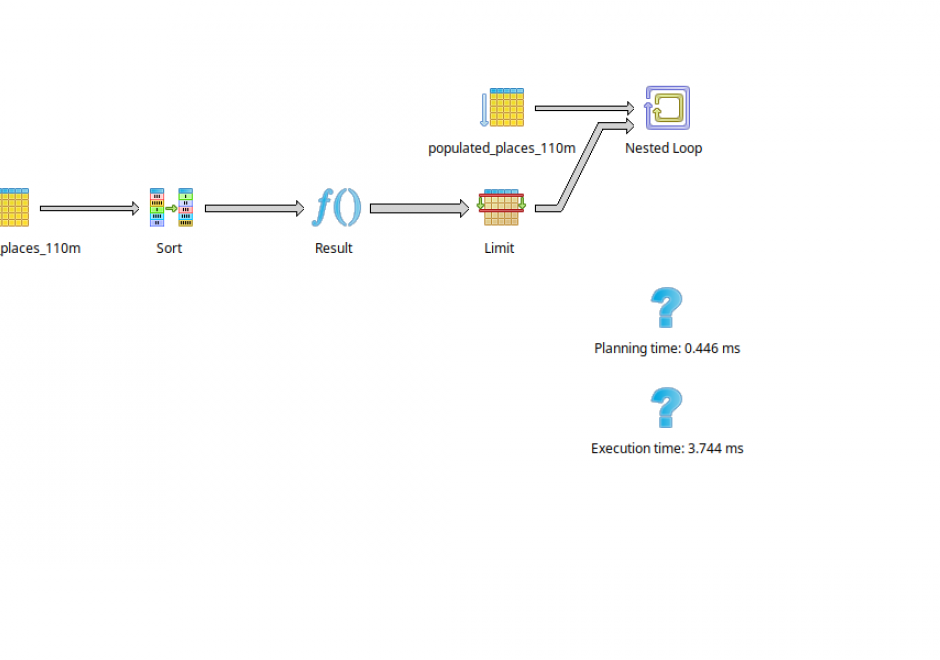
DM-01 - Spatial Database Management Systems
A spatial database management system (SDBMS) is an extension, some might say specialization, of a conventional database management system (DBMS). Every DBMS (hence SDBMS) uses a data model specification as a formalism for software design, and establishing rigor in data management. Three components compose a data model, 1) constructs developed using data types which form data structures that describe data, 2) operations that process data structures that manipulate data, and 3) rules that establish the veracity of the structures and/or operations for validating data. Basic data types such as integers and/or real numbers are extended into spatial data types such as points, polylines and polygons in spatial data structures. Operations constitute capabilities that manipulate the data structures, and as such when sequenced into operational workflows in specific ways generate information from data; one might say that new relationships constitute the information from data. Different data model designs result in different combinations of structures, operations, and rules, which combine into various SDBMS products. The products differ based upon the underlying data model, and these data models enable and constrain the ability to store and manipulate data. Different SDBMS implementations support configurations for different user environments, including single-user and multi-user environments.